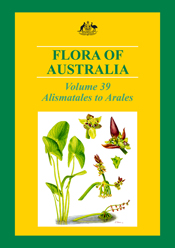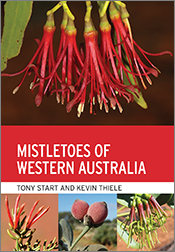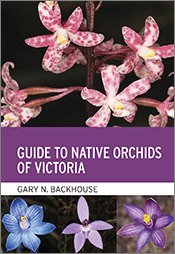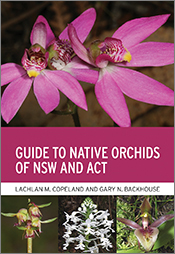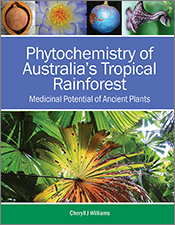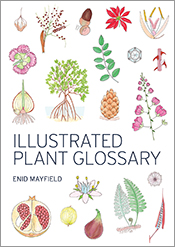Flora of Australia Volume 39
Describes 17 families of monocots in 76 genera and 256 species.
Volume 39 of the Flora of Australia describes 17 families of monocots in 76 genera and 256 species. Most of the families are aquatic, and include the sea-grasses, pond weeds, and some major agricultural weed species. Four families are entirely or mostly terrestrial. + Full description
The aquatic families are all small in number of species, and two, Juncaginaceae and Posidoniaceae, have their greatest diversity in Australia. Lemnaceae contains the world’s smallest and most reduced flowering plants, some as tiny as 1 mm long.
Of the terrestrial families, all are predominantly tropical, with their greatest diversity outside Australia. Arecaceae (palms) and Pandanaceae are often large trees, and include species of economic importance as food and oil crops, fibre, timber and other construction materials, as well as many horticultural species. Araceae are mostly climbers but also arborescent to aquatic herbs, with several important food species, and many horticultural species and cultivars.
Thirty authors, illustrators and photographers have contributed to this volume.
- Short descriptionNews
This title is no longer available in Paperback, but can still be purchased as a Hardback.
Reviews
"...this volume of the Flora comes highly recommended. While these volumes might be taken for granted by some, it is important to recognize the unique contributions these experts are sharing and the lifetimes of knowledge provided for these groups of Australian plants."
M. L. Moody, Australasian Systematic Botany Society Newsletter, No. 154, March 2013
Details
Hardback | July 2011 | $130.00ISBN: 9780643104235 | 320 pages | 250 x 175 mm
Publisher: CSIRO Publishing
Colour illustrations
Features
- 17 families of monocots in 76 genera and 256 species
- Keys to genera and species within each family in Australia
- Nomenclature, descriptions, distribution statement and map, habitat information
Contents
Contributors to Volume 39Illustrators
Photographers
Introduction
Limnocharitaceae (S.W.L. Jacobs & K.A. McColl)
Alismataceae (S.W.L. Jacobs)
Hydrocharitaceae (S.W.L. Jacobs, K.A. McColl & J. Kuo)
Aponogetonaceae (C.B. Hellquist & S.W.L. Jacobs)
Juncaginaceae (H. Aston)
Potamogetonaceae (S.E. Papassotiriou, S.W.L. Jacobs & C.B. Hellquist)
Ruppiaceae (S.W.L. Jacobs & M.A. Brock)
Najadaceae (S.W.L. Jacobs & K.A. McColl)
Zannichelliaceae (S.W.L. Jacobs & K.A. McColl)
Posidoniaceae (J. Kuo)
Cymodoceaceae (J. Kuo)
Zosteraceae (J. Kuo)
Triuridaceae (K.J. Nicholls)
Arecaceae (J.L. Dowe & D.L. Jones)
Pandanaceae (A.J.G. Wilson)
Araceae (A. Hay)
Lemnaceae (E. Landolt)
Appendix: new taxa and recombinations
Supplementary Glossary
Abbreviations & Contractions
Publication date of previous volumes
Index

